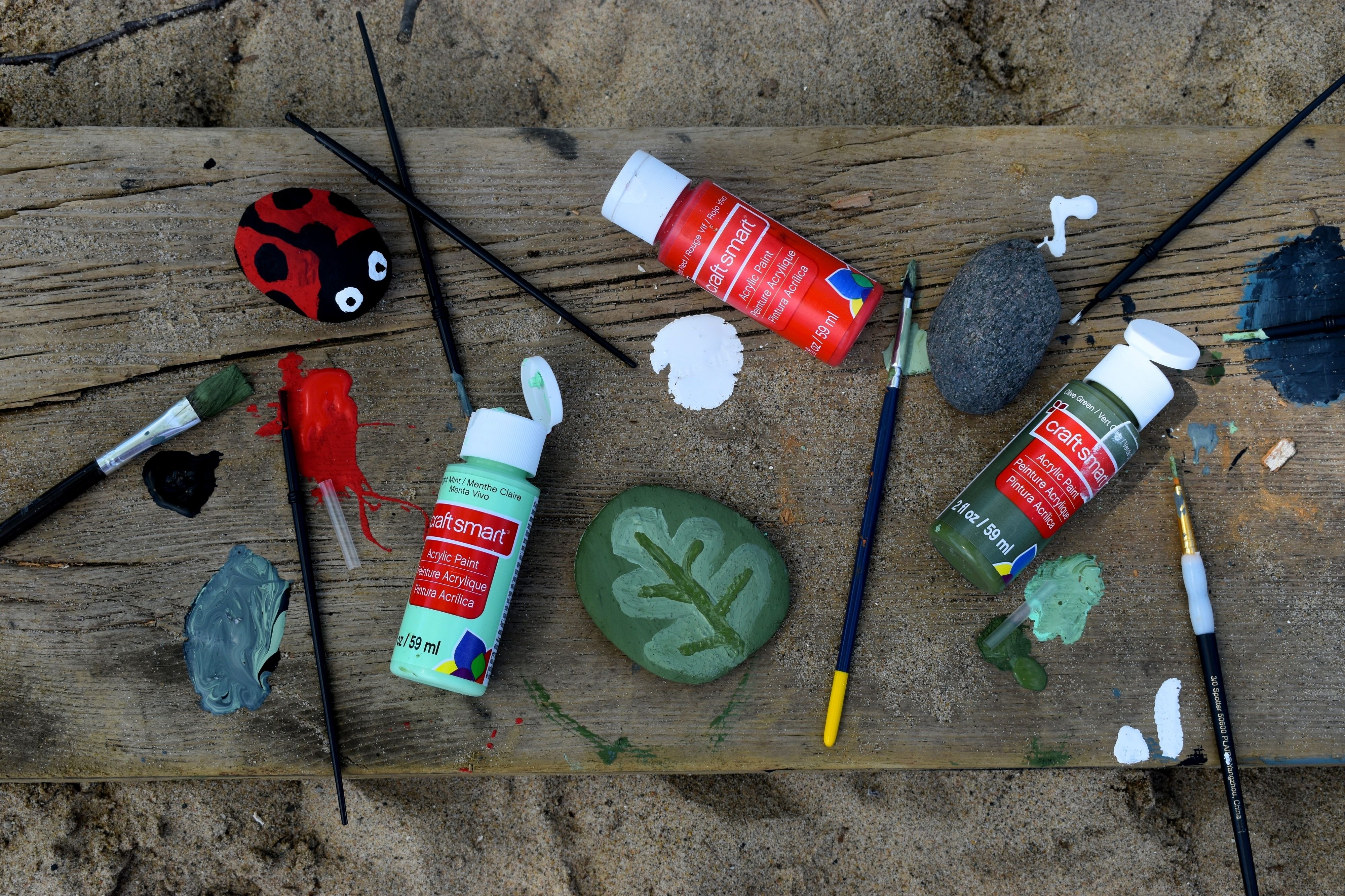Today I want to delve into the types of questions that we ask our children on a day-to-day basis. Questions are a natural part of daily conversations and they play a pivotal role in the classroom. Some are rhetorical, others are straightforward (e.g., yes/no), while others still are complicated and require forethought (e.g., “What will happen next?”) or the ability to draw an inference (e.g., “How do you think the dog feels in this story?”)
Sometimes children answer questions immediately and other times it takes them time and they linger. You might have read my post about giving your toddler space which mentions that it’s okay if it takes kiddos some time to respond. Know that your child’s response time is, in part, dependent upon the type of question you ask your child.
Let’s take a minute and think about all of the steps involved in answering a question. First, your child needs to hear you correctly. Then, that information is carried from your child’s ear (which is a whole process in and of itself!) to their 8th cranial nerve (the auditory nerve, a.k.a. the vestibulocochlear nerve) which then transmits the information to the brain. Once there, your little one’s mind has to break down what you said in a digestible manner. She has to know exactly what you are referring to. Only then, can she respond with words, which requires her to use the correct words in the correct order as well as motor plan how to form those sounds to say those words. Phew!
Okay, you get it. Wow, that is a LOT of work for a toddler! It makes sense that your little one might not be ignoring you on purpose; rather, he is taking some extra time to think about what you just said and act on it accordingly.
What can we do as parents and educators? Be mindful of the demand you place on the child. This starts with the very type of question that we ask our children.
Open-Ended Question
Let’s talk a little bit about what an open-ended question is and in what circumstances we, as parents and educators, would want to use them.
An open-ended question is one that requires thought and an answer that is not already provided. These questions put a high level of demand on a child. Here’s why:
- The child must hear and process what is being said.
- He must formulate a response in his mind.
- The response must be syntactically correct, contextually correct, and socially appropriate.
- He has to correctly execute his thoughts into words with as few articulatory errors as possible.
- He must speak intelligibly.
- He must do this all quickly so that you know he has heard the question (sometimes it is prudent to give a little space.)
This certainly requires a lot of the child, both from a receptive language standpoint and an expressive language standpoint.
Receptively, the child has to be able to understand exactly what you are saying to him. If you ask him a question such as, “Where do you want to eat your snack?” he must understand the content of your question. If he doesn’t understand what you’re telling him, then you might get a nonsensical answer like, “Tomorrow sounds good.” In this case, your child might be mixing up “Where” with “When.”
Expressively, your child has to be able to respond with something appropriate. He needs to have a basic understanding of how language is structured and the placement of words in order to say something meaningful in return. Additionally, he needs to have an adequate vocabulary and the motoric means to say what he wants to say.
Closed Questions
A closed question gives the child options between two or more choices. A yes/no question is an example of a closed question.
Receptively, the demands of a closed-question are lower than that of an open-ended question. The child doesn’t necessarily have to understand what is said in order to select a choice. For instance, if you say to the child, “Do you want goldfish or yogurt for a snack today?”, the child could respond, “Yogut” (for yogurt). He might have wanted goldfish, but he’s going to be presented with yogurt due to his response. More on this soon, but this could absolutely become a teaching moment to help the child build receptive language skills.
The expressive demands are reduced significantly as the child does not have to come up with the answer independently. This question type helps break down language when a child is still building vocabulary, syntax, and intelligibility. When given a yes/no question, the child only has to respond with one word. As the complexity of the choices increases, it may become more challenging for the child to select and repeat the correct response.
When to Use Open-Ended Vs. Closed Questions
Now we’re getting into the heart of things! Just knowing that there are two question types is not enough. We need to know when we should use these question types to our advantage to best support our child at home.
Open-Ended Questions: Here are some scenarios in which to use this question type:
| When you want YOUR CHILD to be in control. I’m putting this one first because it is the most important thing to keep in mind. Don’t ask the question if you aren’t prepared to follow-through with the answer. |
| When you have ample time and patience to wait for your child to respond (if he can be slow to respond.) |
| When you want to dig into higher cognitive skills (e.g., making inferences, predicting what comes next.) |
| When you want to have your child practice his expressive language skills/the ability to formulate responses independently. |
| When you want to see if there is a breakdown in your child’s language skills somewhere. |
Closed Questions: Here are some scenarios in which to use this question type:
| When YOU want to take control of a situation. (e.g., “Do you want to play at your little table or at the big table?” You’re giving your child a choice and making him feel like he’s in control, but it’s a very limited amount of control.) |
| When you want to teach a new word or concept. (e.g., “Do you want to put the ball in the box or in the bag?”) |
| When you don’t have a lot of time to wait for your child to cobble together a response (if he is slow to respond.) |
| When you want to reduce the language demand on your child. |
| If your child seems to get frustrated easily when you ask him open-ended questions, try closed questions to see if that helps ease communication. (Frustration in young kiddos oftentimes stems from difficulty expressing themselves.) |
Let’s Water the Sponge!
Now that we’ve discussed the definition of open-ended versus closed questions as well as circumstances of when to use each one, I’m going to give you some specific examples of questions you can ask.
Open-Ended Questions:
- Who Questions (e.g., “Who puts out fires?”)
- What Questions (e.g., “What would you like to do after breakfast?”)
- Where Questions (e.g., “Where do you go to sleep?”)
- When Questions (e.g., “When do you wear a warm jacket outside?”)
- Why Questions (e.g., “Why did the cat jump on the table?”)
- How Questions (e.g., “How did the little boy build the sand castle?”)
- Prediction Questions (e.g., “What do you think will happen next in the story?”)
- Inference questions (e.g., “How does the little girl feel now that her ice cream fell on the sidewalk?”)
Closed Questions:
- Yes/No Questions (e.g., “Can dogs fly?”)
- Questions with two choices (e.g., “Do you want to play with dolls or paints?”)
- Questions with three choices (e.g., “Who puts out fires? A policeman, a firefighter, or a princess?”)
Notice that in the last question, the answer was the MIDDLE choice. Be careful when presenting questions with multiple choices. Children have a tendency to simply repeat the last thing that they heard. If you always place the correct answer as the last answer, you’ll notice your child always answers the question correctly. To see if your child is (1) listening to you and (2) understanding what you are saying, make sure to mix-up the placement of the correct answer when using a multiple-choice format.
Do you have any questions or comments? A story to share about using open-ended or closed questions at home? Feel free to share below!


